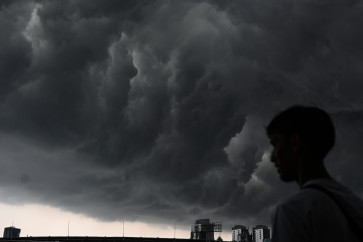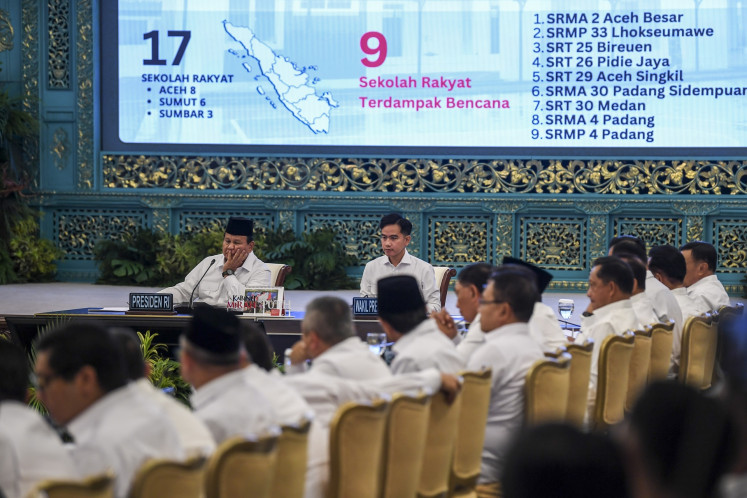Popular Reads
Top Results
Can't find what you're looking for?
View all search resultsPopular Reads
Top Results
Can't find what you're looking for?
View all search resultsLakeside cabin in Japanese national park to get capsule-type beds
Change text size
Gift Premium Articles
to Anyone
T
he municipal government of Hinoemata, Fukushima Prefecture, has decided to renovate the Ozenuma cabin managed by the village in Oze National Park, installing capsule-type beds in some of the guest rooms.
Amid a drop in the number of hikers, the village hopes to increase the cabin’s utilization rate by attracting solo travelers and young people who might dislike the idea that staying in a mountain cabin means sleeping in a shared room.
The cabin is a two-story wooden structure on the banks of the Ozenuma lake. It opened in 1964 and can accommodate up to 112 people in 33 rooms.
During its open period from late April to late October, the cabin is visited by hikers and others out to enjoy the area around the marsh or to climb Mt. Hiuchigatake, the highest peak in the Tohoku region at 2,356 meters.
About 647,500 hikers visited Oze at its peak in 1996, with about 12,000 people staying in the cabin.
“I’ve heard they packed in as many people as they could,” said manager Junji Hirano, 49.
However, the number of visitors has declined recently, hitting 269,700 last year. Even during busy times — like mid-July when the nikkokisuge (Hemerocallis esculenta) flowers are blooming or when the autumn colors are resplendent in October — the cabin only gets about 80 people at most per day.
For privacy reasons, guests have not been “packed like sardines” into shared rooms for more than 10 years. Rooms in the cabin are mainly provided as private accommodations to groups of two to six people each. Even if the rooms are all taken, the cabin is rarely filled to capacity.
Hirano proposed installing capsule-type beds to the village last year. He referenced another mountain cabin with similar rooms in the Kamikochi district of the Northern Japanese Alps in Matsumoto, Nagano Prefecture.
Six rooms are to be renovated starting this month: five 12-tatami mat rooms that sleep six people and one 10-mat room for five people. These rooms are rarely full to capacity. Each will be equipped with six capsule beds in two levels.
Read also: Village aims to restore Fukushima reputation with habanero ice cream
The renovation is expected to cost about ¥60 million. The rooms could open on a trial basis as early as October, and are expected to cost less per night than the usual ¥9,000 per person that includes meals.
The response from climbers has varied. “I stayed in a shared room with other family in a mountain cabin in the Northern Japanese Alps and it was awkward. I want privacy, even if the space is small,” said a 47-year-old female company employee from Utsunomiya who visited Oze last month.
In contrast, a 51-year-old man from Yachiyo, Ibaraki Prefecture said he would miss the old style. “You might be bothered by snoring and other sounds in shared rooms, but one of the attractions of a mountain cabin is experiencing a sense of unity with others.”
“The needs of climbers are diversifying,” said the village head Akihiko Hoshi, 63. “If it works well in a village facility, [capsule beds] may spread to a private mountain cabins."
This article appeared on The Japan News newspaper website, which is a member of Asia News Network and a media partner of The Jakarta Post







